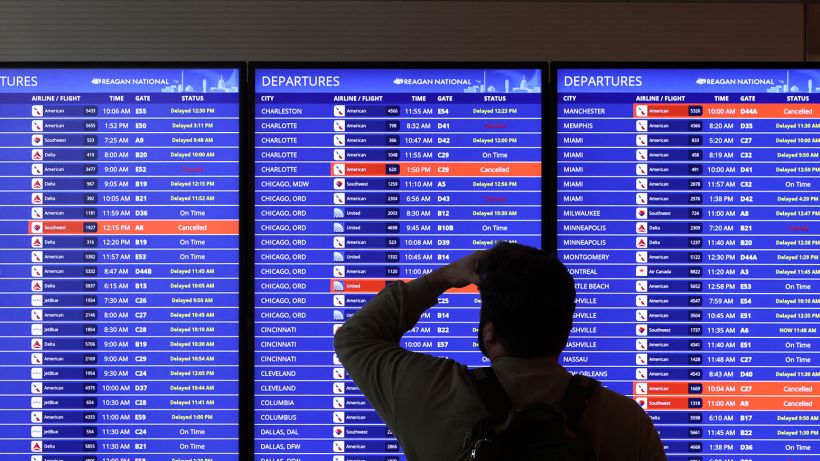Editor’s Note: Joseph H. Davis is Vanguard’s global chief economist. The opinions expressed in this commentary are his own.

Hardly a day goes by without news about inflation and the growing risk of recession. Customers around the world are feeling the pain of higher prices. In the United States, the Consumer Price Index (CPI) has risen at some of the fastest rates seen since the 1980s.
Historically, when such high bouts of inflation have occurred, recessions and widespread job losses have quickly followed. And, in the past, that has led to “stagflation” — an unpleasant mix of double-digit inflation, declining economic activity and high unemployment.
As the odds of a recession in the US grow, what are the risks that history repeats?
Our baseline expectation is for the US to enter a recession in 2023. But we don’t expect to see the stagflation that we saw in the 1970s and early 1980s. Here’s why:
The labor market is still going strong
We now have two of the three ingredients for stagflation — high inflation and low or no economic growth — but we are missing the third: high unemployment. The US labor market is on a tear and shows little sign of contracting, which makes a 1970s-style stagflation scenario far less probable.
Consider the following:
- The US economy added another 315,000 jobs in August after tacking on more than half a million jobs in July.
- The unemployment rate is 3.7%, not far from a 50-year low.
- Job openings are still plentiful despite the growth slowdown.
Much of the labor demand reflects a deep need for certain skills across a range of industries, and the labor supply remains insufficient for the jobs at hand, even with lower growth. Even if firms cut their job openings by 20% and increase layoffs by 20%, the US labor market will still be relatively tight, according to our own analysis. And some firms may be reluctant to let go of workers in this coming recession, fearful that they may not be able to hire them back.
Consumers don’t expect the inflation pain to last
A danger of high inflation is that it becomes a self-fulfilling prophecy, making inflation stubbornly “sticky.” When people expect prices to rise even further, they will understandably ask for higher pay. (And during labor shortages, they often get it.) To make up the difference in their profit margins, employers in turn charge higher prices for the goods and services they provide, which in turn leads to demand for higher pay, feeding the wage-price spiral. This is what we saw back in the ’70s, with anecdotes of employees negotiating double-digit annual wage increases over three years in anticipation of persistent inflation.
That said, although measures of inflation expectations for the next 12 months have risen, most consumers, business leaders and the financial markets don’t expect such inflation rates to persist much longer after that, according to survey and market-based measures of inflation expectations, which have been steadily falling over the past five months after rising the previous two years.
We’re in a vastly different world today compared to the ’70s. Supply-side issues are improving, inflation seems to already be contracting, and jobs are plentiful. Most important, the Fed has more credibility as an inflation fighter than it did in the ‘70s.
Interest rate hikes
The Fed is aware that its recent aggressive rate hikes are still not restrictive enough when it comes to taming inflation. A lot of energy is spent analyzing the Fed and forecasting its next moves. At Vanguard, we’re no exception. We believe that, although the Fed was late in raising rates last year, it is now intent on bringing down inflation to its 2% target, even if a recession occurs. That likely means raising short-term rates to at least 4% so long as inflation remains well above 2%. No soft landing, but no stagflation either.
In 2023, we will likely see lower inflation and declining real gross domestic product for a time. More layoffs will likely occur, and the unemployment rate will rise from its very low 3.7% rate, but perhaps not by that much. My base case has it remaining well below 5%, a “job-full” recession compared to the recessions of the past.
This certainly does not look like the stagflation of the 1970s. It’s clear that the labor market will likely stay strong, even if we end up in a recession.




















